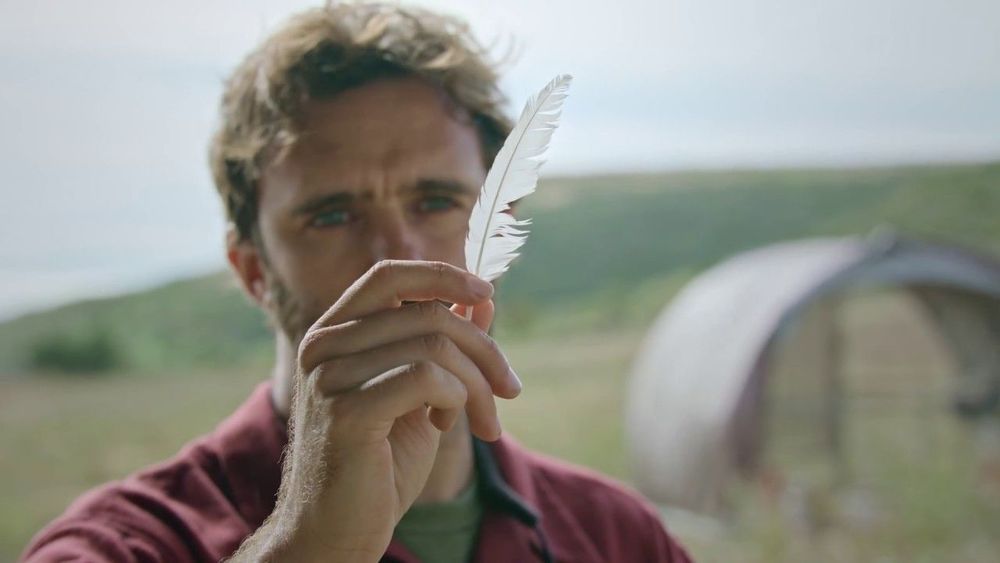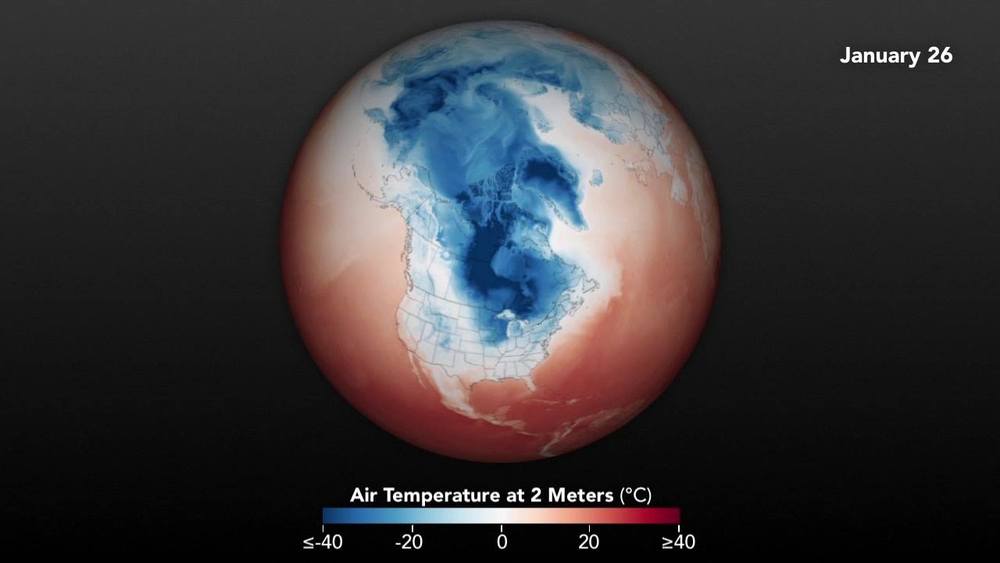Feb 1, 2019
Biology, Technology, and the Posthuman Future
Posted by Steve Nichols in categories: biological, futurism
https://paper.li/e-1437691924#/
Philosopher Peter Sloterdijk provides insight into the upheavals to come.
https://paper.li/e-1437691924#/
Philosopher Peter Sloterdijk provides insight into the upheavals to come.
Hoisting heavy machinery into space is cumbersome and expensive. Soon, however, it won’t be a problem. Cathal O’Connell reports.
Last year, a wildlife photographer spotted a “one in a million” coyote with captivating blue eyes while out on a walk in California’s Point Reyes National Seashore.
The sighting quickly became national news and prompted an investigation by National Geographic, which confirmed the coyote’s eye color was indeed rare — as coyotes’ irises are almost always some shade of gold. At the time, Juan Negro, a senior researcher at the Spanish Council for Research in Spain, told the publication he hadn’t seen something like that in the 25 years he’d been studying animal coloration.
“Deviants, or strange colors, arise from time to time as mutants,” Negro suggested back in June.
Continue reading “‘Mutant’ coyotes in California with piercing blue eyes stun scientists” »
LOS ANGELES — The New Madrid fault zone in the nation’s midsection is active and could spawn future large earthquakes, scientists reported.
It’s “not dead yet,” said U.S. Geological Survey seismologist Susan Hough, who was part of the study published online Thursday by the journal Science.
Researchers have long debated just how much of a hazard New Madrid (MAD’-rihd) poses. The zone stretches 150 miles, crossing parts of Arkansas, Illinois, Indiana, Kentucky, Mississippi, Missouri and Tennessee.
Continue reading “New Madrid fault zone could spawn huge quakes in U.S. Midwest, South” »

https://youtube.com/watch?v=_GgP6jo5DTM
Is lab grown meat the future of the industry, or simply an expensive boondoggle that wealthy investors like Bill Gates and Richard Branson will eventually have to bite the bullet on? According to major players in this “cultured meat” industry, lab grown meats can replace having to actually slaughter and process these foods for human consumption, preventing animal deaths and giving rise to a new era in the food industry.
The JUST cultured meat company of California hopes to sell nuggets synthesized from chicken feathers by the end of 2018.
Continue reading “Lab-Grown Chicken Nuggets Made From Feathers to Hit Shelves” »
Building cracks and deterioration are common points of concern for asset owners and managers alike, but a new technology may soon alleviate these industry issues.
Researchers at the University of Cambridge are using micro-encapsulation technologies developed by Dolomite Microfluidics to develop self-healing construction materials.
The university’s Department of Engineering’s Geotechnical and Environmental Research Group said last month that it is developing microcapsules containing ‘healing’ agents such as minerals, epoxy, or polyurethane which can be added to building materials to allow the self-repair of small cracks that develop over time.
Continue reading “Is self-healing concrete technology the future of construction?” »
Satellite company Telesat will use Loon’s networking software to manage low Earth orbit constellations.

Desperately cold weather is now gripping the Midwest and Northern Plains of the United States, as well as interior Canada. The culprit is a familiar one: the polar vortex.
A large area of low pressure and extremely cold air usually swirls over the Arctic, with strong counter-clockwise winds that trap the cold around the Pole. But disturbances in the jet stream and the intrusion of warmer mid-latitude air masses can disturb this polar vortex and make it unstable, sending Arctic air south into middle latitudes.
The illusion of people being lifted out of poverty takes a hit.
“Gates’s favourite infographic,” he wrote, “takes the violence of colonisation and repackages it as a happy story of progress.”
The situation has not gotten better for most people.
One day, electric bandages and biodegradable electronic implants could ward off infections and speed recovery.
